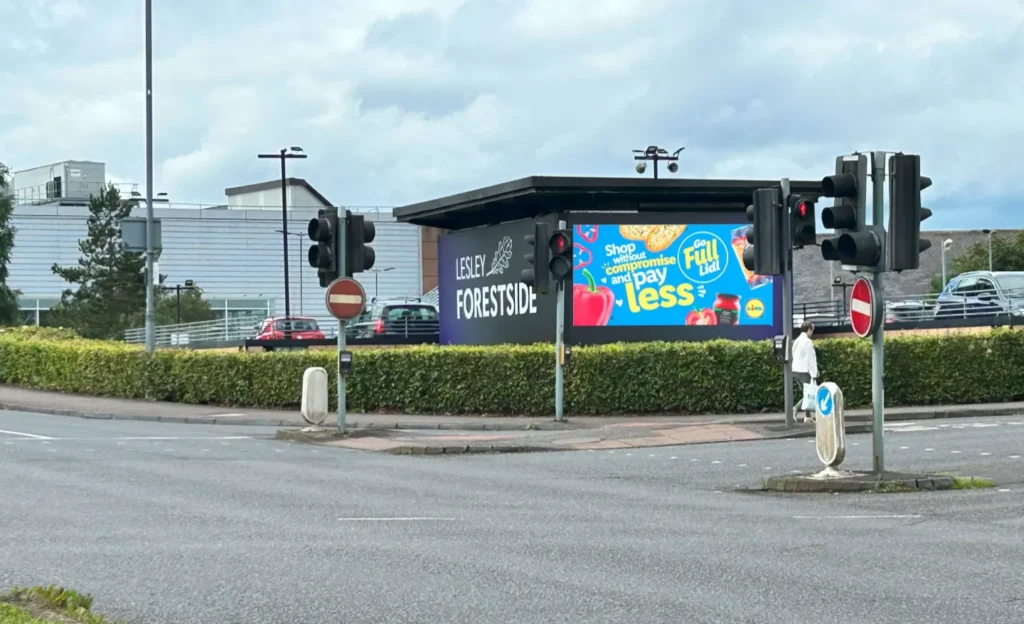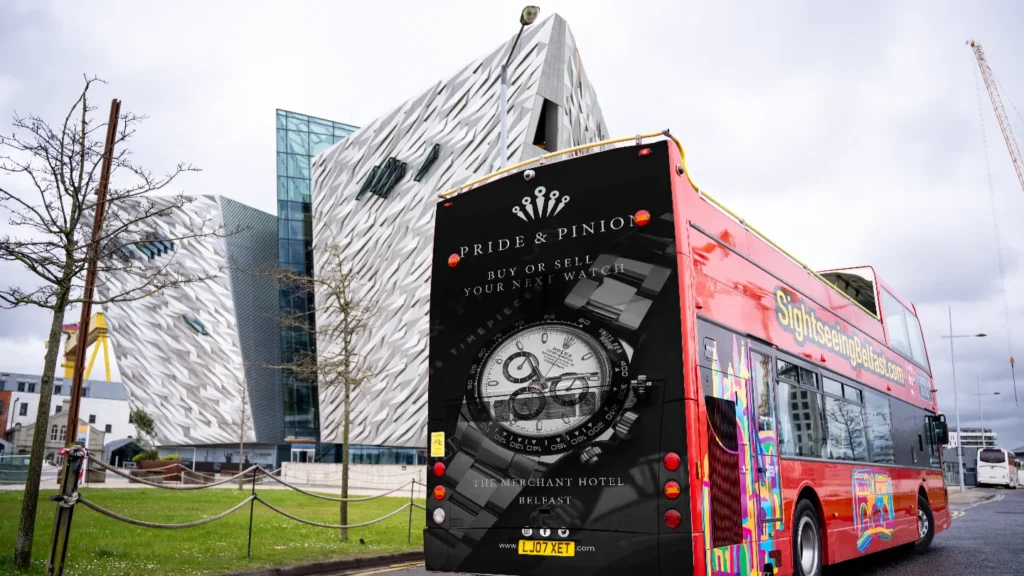Welcome to our Media Buying 101, your guide to understanding how brands secure ad placements that deliver value and results. Media buying is more than purchasing space; it is the process of reaching the right people, on the right platforms, at the right time, while ensuring every pound of your budget works harder.

Media Buying 101: What It Really Means
At its core, media buying is about connecting brands with audiences in meaningful ways. Done well, it ensures your message appears in the right context and at the right moment. This balance of timing, targeting, and value is what turns a marketing budget into measurable impact.
Two Key Approaches to Media Buying
- Direct Buying
The traditional approach where brands negotiate directly with media owners. For example, a company might buy a 30-second TV slot during a prime-time show or take out a half-page advert in a newspaper. Direct buying often unlocks premium placements, sponsorship opportunities, and tailored packages.
- Programmatic Buying
This uses automated systems to purchase ad space in real time, guided by data. For example, a sportswear brand could appear on fitness blogs only when users recently searched for running trainers. A coffee chain might run programmatic audio ads on Spotify during morning commute hours, targeting listeners in specific postcodes. Programmatic buying brings precision, scalability, and flexibility.
The Media Buying Process
A successful media buying campaign follows a clear and structured process. Each stage ensures your investment reaches the right audience and delivers measurable results.
Step 1: Define Objectives and Budget
Start with clarity. Establish what you want to achieve, such as brand awareness, lead generation, or sales, and set a budget that matches your goals. Without this foundation, success is difficult to measure.
Step 2: Understand Your Audience
Identify who you want to reach, where they spend their time, and what media they engage with. Profiling your audience based on demographics, behaviours, and interests will guide the choice of channels.
Step 3: Research and Select Media Outlets
With your goals and audience in mind, research platforms that deliver the most impact. This could include TV, radio, print, digital display, social media, or out-of-home. The aim is to align chosen channels with where your audience is most active.
Step 4: Request Proposals and Negotiate
Contact publishers or use programmatic platforms to explore available ad space. Compare proposals, evaluate value, and negotiate rates and placements. This stage ensures you get the best return for your budget.
Step 5: Build and Adapt Creative Assets
Prepare ad creatives tailored to each medium. A TV advert will differ greatly from a digital display ad or social media campaign. Consistency in message is important, but the execution must suit the platform.
Step 6: Launch and Monitor Performance
Once placements are secured and assets are ready, campaigns go live. Monitoring begins immediately, tracking metrics such as impressions, clicks, engagement, or sales, depending on the objectives.
Step 7: Optimise and Refine
Media buying is not static. Real-time data allows for adjustments, whether shifting budget to better-performing channels, refining creative assets, or improving targeting. Optimisation ensures stronger results throughout the campaign.
What Makes Media Buying Effective
- Brand Safety: Protect your reputation by avoiding harmful or irrelevant placements.
- Optimisation: Use performance data to adjust campaigns in real time.
- Consistent Messaging: Ensure creative is aligned across every channel.
- Targeting Precision: Reach audiences based on behaviours, demographics, or interests.
- Negotiation Skills: Strong media relationships help secure better rates and added value.
The Role of a Media Agency in Media Buying
A media agency is more than a facilitator. It is a strategic partner that helps businesses navigate the complex world of advertising. With countless platforms and buying methods available, agencies bring structure, expertise, and efficiency to campaigns.
The role of a media agency includes:
- Strategic Planning – Turning business goals into actionable media strategies.
- Market Insight – Using research and data to identify where audiences are most engaged.
- Buying Power and Negotiation – Leveraging scale to secure better rates and placements.
- Cross-Channel Expertise – Balancing spend across TV, radio, digital, outdoor, and programmatic.
- Campaign Management and Optimisation – Monitoring KPIs and fine-tuning campaigns in real time.
- Time and Resource Efficiency – Allowing businesses to focus on growth while the agency handles delivery.
In short, agencies help brands manage complexity, stretch budgets further, and achieve stronger outcomes.

Building Campaigns That Deliver
The best media buying strategies combine clear goals, creative consistency, and data-driven optimisation. By treating media buying as both an art and a science, brands can create campaigns that drive awareness, engagement, and long-term ROI.
Conclusion
Media Buying 101 shows that success is not about simply purchasing ad space. It is about creating a strategy that connects with audiences at the right time and in the right place. Whether through direct negotiations or programmatic technology, effective media buying ensures budgets are invested wisely and campaigns deliver impact.
At Platform Media, we help businesses navigate this process with clarity and confidence. Our goal is to ensure campaigns do not just reach audiences but resonate with them, driving growth and measurable results.
Frequently Asked Questions (FAQ)
1. What does Media Buying 101 cover?
Media Buying 101 explains the fundamentals of securing ad space strategically, ensuring campaigns are targeted, effective, and aligned with business goals.
2. What is the difference between direct and programmatic buying?
Direct buying involves negotiating placements with media owners, while programmatic uses automated systems and data to purchase ad space in real time.
3. What is the role of a media agency in media buying?
Agencies provide strategy, insight, buying power, and campaign management. They negotiate better rates, manage delivery, and optimise campaigns for performance.
4. Can small businesses benefit from media buying?
Yes. Even with smaller budgets, structured media buying ensures spend is targeted and efficient. Programmatic buying in particular allows small businesses to reach niche audiences without waste.
5. How is success in media buying measured?
Through metrics such as impressions, click-through rates, conversions, reach, and return on investment. Continuous optimisation is key to improving outcomes.
